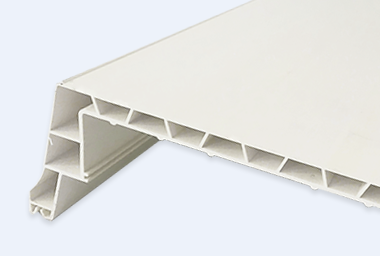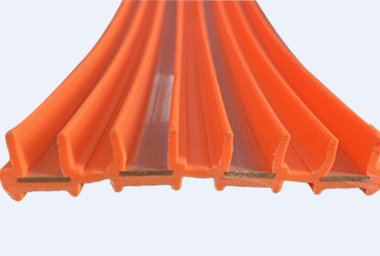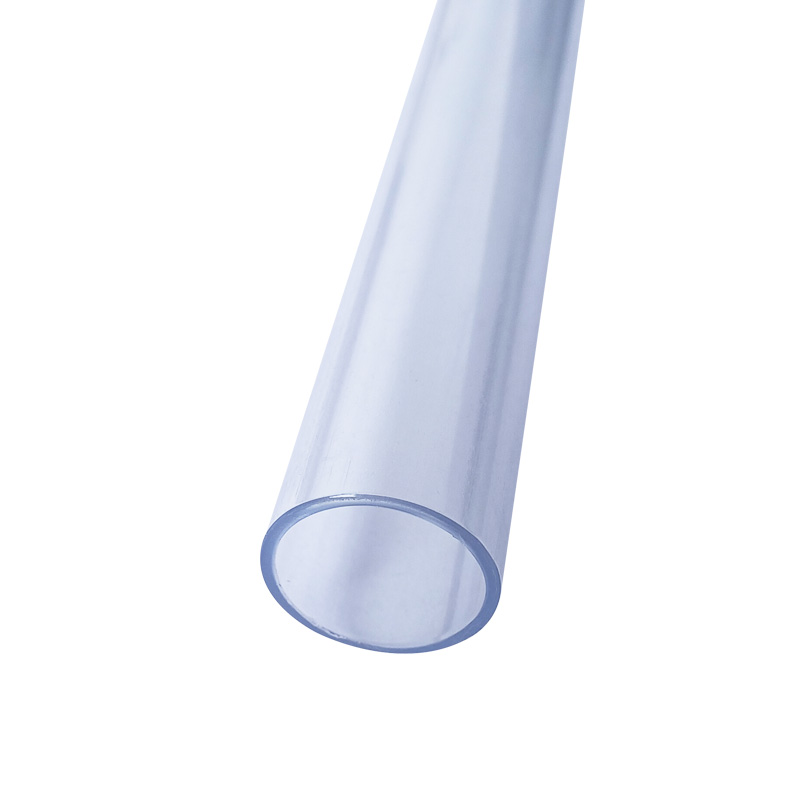TPE (Thermoplastic Elastomer) extrusion products are widely used in various industries due to their excellent properties such as flexibility, durability, and resistance to impact and weather. However, there are several quality problems that can arise during the extrusion process. Here are nine common quality problems with TPE extrusion products and their possible causes:
A. Insufficient mold filling of products
1, injection pressure is not enough, injection speed is too slow or mold mouth debris; solution: increase injection pressure, increase injection speed and clean up the mold mouth injection nozzle.
2, molding temperature is too low, the gate runner is too small; solution: increase the molding temperature, modify the runner.
3, the air in the mold cavity can not be completely discharged; solution: increase or increase the venting hole.
4、The injection time is too short and the injection volume is not enough. Solution: Extend the injection time and increase the injection volume.
Second, TPE products have a combination of line
1、Insufficient injection pressure, too slow injection speed, too small gate and runner; solution, improve injection pressure, injection speed, modify the gate runner; another: low nozzle temperature, long molding cycle, too much color masterbatch titanium dioxide, bad dispersion of color masterbatch is also one of the reasons.
2, molding temperature and mold temperature is too low; solution, increase the molding temperature and mold temperature, increase the back pressure or speed up the screw speed.
3、The exhaust of the merging part is not smooth or there is no overflow pool (cold material well); Solution, increase the exhaust hole or overflow pool in the merging part.
4, use too much release agent. Solution, reduce the use of mold release agent.
Third, TPE products glossy poor:
1, injection speed is too slow, injection pressure is too low, low mold temperature; solutions, improve injection pressure, injection speed, mold temperature.
2, mold cavity with water or grease pollution; solution, wipe clean.
3、The surface of the mold is not well ground or the gate and runner are too small; solution, modify the mold.
4、Insufficient injection volume or raw material contains water. Solution: Increase the injection speed, extend the injection time and bake the material
Fourth, the surface of the product has flow lines:
1、Injection pressure is too high or too low, injection speed is too fast or too slow; Solution, adjust the appropriate injection pressure or injection speed.
2、Pressure-holding time is too short or the gate is too small; solution, increase the pressure-holding time or change the gate.
3、Mold temperature and gate temperature are too low; solution, increase mold and gate temperature.
4、The material melting is not good. Solution, increase the temperature, back pressure or speed up the screw speed.
E. TPE products extruded surface roughness:
1, the molding temperature is low; solution, improve the temperature, back pressure and screw speed.
2, the die temperature is too low; solution, improve the die temperature.
Sixth, the surface of the product into a lumpy phenomenon
1、The material tube is not cleaned or there are debris; Solution, re-clean the material tube.
2、Additives such as color masterbatch or carrier not according to the requirements; Solution, find the right color masterbatch.
Seven, TPE products out of the mold after Peng swelling: 1, the temperature of the die head is too low:
1, the die temperature is too low, or screw speed is too fast; solutions, improve the die temperature, reduce the screw speed.
2、The material limit is too fast. Solution, adjust the material limiting device.
Eight, TPE extrusion produces a lot of gas:
1, the overall temperature is too high; 2, there are debris in the material tube.
Nine, TPE products have shrinkage phenomenon
1、The raw material contains water.
2, melt body temperature is too high, screw speed is too fast.
To avoid these issues, it is essential to monitor the extrusion process carefully, select appropriate raw materials, and maintain proper processing conditions. Regular maintenance of the equipment also helps to prevent quality issues.





